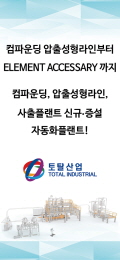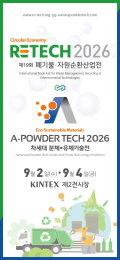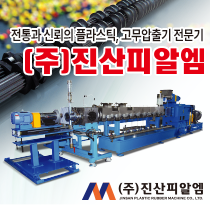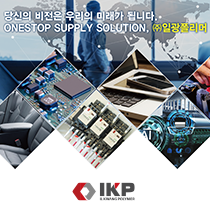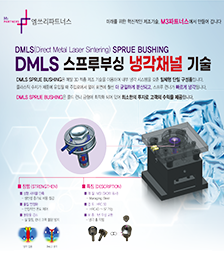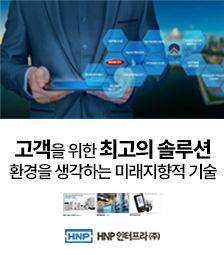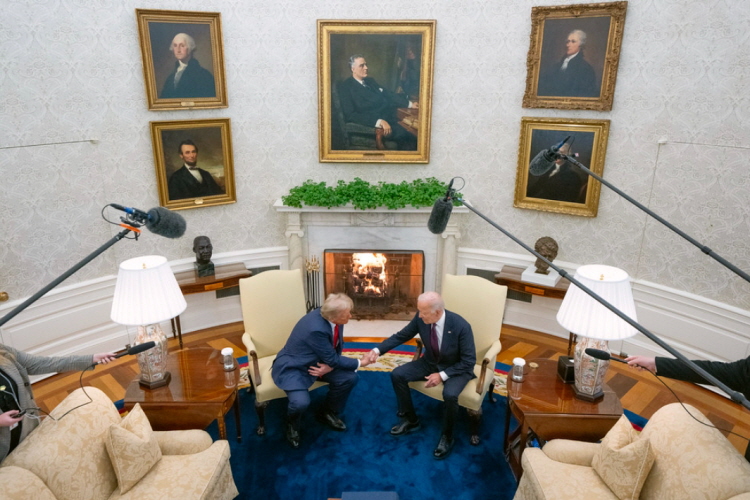Feature
The key in metal-free, transparent high barrier packaging
작성자 : Ms. Kang
2017-04-07 |
조회 : 4280
China Plastic & Rubber Journal (CPRJ) - Dec 2016 Issue
Source:China Plastic & Rubber Journal
By Victor Cheng
▲ The pursuit of healthier lifestyle means fewer preservatives are preferred, which leads to the demand for high barrier technology.
Demand for packaging materials that provide greater protection to their contents is growing, especially for food & beverage and pharmaceutical products. A variety of functional additives and barrier coating technologies have been commercialized to preserve, protect and optimize product shelf life.
Demand driven by megatrends
There are a number of reasons contributed to the growth of barrier technology. A growing consumer demand for food and drink products that are perceived to be healthier means less or even no preservatives are preferred.
Increasingly urban society and busier lifestyles lead to a strong demand for convenience products such as microwavable packaging, single-serve packs, carry-away packs, resealable packaging, easy to open packs and longer shelf life.
A rise in the number of single-person households also increases demand for smaller pack sizes and single portion food packaging.
As a result, food is by far the largest end-use sector for functional additives and barrier coatings in plastic packaging, accounting for a projected share of just over 60.0% of market value in 2016, according to Smithers Pira’s data.
The global market value of barrier coatings for plastic packaging is projected at US$1.37 billion in 2016 and is forecast to grow at an annual rate of 5.2% during the five-year period to 2021 to US$1.76 billion.
Transparency spurs new requirement
“The need for barrier films is growing at a healthy pace,” said Robert O’Boyle, Product Manager of Coatings, Sun Chemical. “Consumers will buy what they can see. This has led to the growing trend of transparent packaging that allows consumers to see the actual food. Many natural foods, such as granola, nuts and fruit, require a high barrier film for better protection.”
The US-based Sun Chemical Group is the developer of SunBar oxygen barrier coating for packaging films. This water reducible, two parts blendable coating creates a smooth, homogenous, pinhole-free, and flexible layer that can be easily overprinted with inks and laminated to a variety of secondary films.
According to the company, SunBar provides good barrier performance and bond strength at up to 75% external relative humidity and up to 100% internal relative humidity, depending on the barrier of the secondary substrate used.
It is compostable, chlorine and metal free, and enables lightweight packaging by removing the ethylene vinyl alcohol (EVOH) polymer layers commonly used in barrier films.
SiOx getting the nod
▲ AmLite Ultra, a metal-free and transparent packaging technology from Amcor.
When it comes to high barrier packaging, aluminum is the “golden standard”. Products that are highly sensitive to moisture and oxygen remain hidden from view inside opaque materials, said Marco Hilty, Vice President of Strategy, Marketing and R&D at Amcor Flexibles EMEA.
With the launch of AmLite Ultra from Amcor, there is now another option to turn high barrier packaging into a transparent one.
AmLite Ultra is the latest addition to Amcor’s existing line of AmLite, metal-free packaging. It offers an even higher barrier, using the company’s Ultra silicon oxide (SiOx) coating, with oxygen barrier levels comparable to that of aluminum.
Amcor performed Gelbo-Flex testing on AmLite Ultra and worked with the Consulting & Testing Service Group of MOCON Inc. to evaluate barrier levels after flexing.
“Gelbo-Flex testing is a way to evaluate material resistance to mechanical stress, which happens during printing, converting, filling, distribution and handling. This stress can break down barrier by the time the pack reaches consumers. What the tests revealed was very exciting,” explained Andrea Della Torre, Director R&D at Amcor Flexibles EMEA.
Both AmLite Ultra and a standard aluminum foil laminate were tested to 100 Gelbo-Flex cycles during which the materials were flexed and stressed.
While the aluminum foil laminate started with a slightly higher barrier, the AmLite Ultra oxygen barrier eventually outperformed aluminum by 30% at 100 Gelbo-Flex cycles, according to the MOCON Inc. test result.
Amcor said AmLite Ultra also provides a 40% carbon footprint reduction and 21% weight reduction compared to standard aluminum based materials.
Low migration, high protection
▲ Greiner Packaging develops the award winning ibt technology based on SiOx coating.
Using a SiOx coating, Greiner Packaging has developed the award winning inert barrier technology (ibt) that reduces the migration between the filling and the packaging, while at the same time protecting the filling from outside influences like oxygen and moisture.
During the coating process, the cups are fed into a chamber where a vacuum is created. Oxygen and gas containing silicon are then fed into the chamber and a plasma is created using an electrode. A coating is created on the cups – described as a “covalent bond” with respect to the sealed inner layer and the plastic.
The SiOx layer created in this way is “chemically inert”, minimizing its reaction. This reduces oxygen and hydrogen permeability.
Since the barrier layer does not react with any outside influences, it also results in improved aroma protection.
For cups, the coating can be applied on highly transparent materials with no impact on its transparency, according to Greiner.
“Meanwhile, we have also conducted migration tests with independent expert bodies. In the process, we determined that a migration of media in both directions is greatly reduced at temperatures below 80°C,” said Tobias Strasser, Managing Director of Greiner Packaging Diepoldsau (CH). “We can achieve migration improvement up to eight times better than conventional barrier materials.”
Greiner’s ibt packaging technology has won the Swiss Packaging Award, the WorldStar Packaging Award, as well as the World Packaging Organization’s Gold President’s Award.

